
Table of Contents
ToggleAbout Garden Tiller
A garden tiller, also known as a cultivator, is a gardening tool used to break up and loosen soil, making it easier to plant seeds or transplant seedlings. Tillers come in a range of sizes, from small handheld models to larger gas-powered machines.
Handheld tillers typically have a set of metal blades attached to a handle, while larger machines have an engine that powers rotating blades. Some models also have attachments that can be used for tasks such as aerating the soil or removing weeds.
When using a tiller, it’s important to follow safety precautions, such as wearing gloves and eye protection. It’s also important to avoid tilling soil that is too wet, as this can damage the soil structure and make it more difficult to work with in the future.
Use Of Garden Tiller
Garden tillers are primarily used to break up and loosen soil in preparation for planting or seeding. This helps to create a better-growing environment for plants by allowing air, water, and nutrients to penetrate the soil more easily. Tilling can also help to control weeds by uprooting them and exposing their roots to air and sunlight.
Here are some specific uses for a garden tiller:
- Soil preparation: A tiller can be used to break up hard or compacted soil, remove rocks and other debris, and create a smooth and even planting surface.
- Planting: After tilling the soil, it’s easier to plant seeds or transplant seedlings. The loosened soil provides a better growing environment for the new plants.
- Weeding: A tiller can help control weeds by uprooting them and exposing their roots to air and sunlight. This makes it easier to remove them and reduces the need for herbicides.
- Aeration: Tilling can help to aerate the soil, which is beneficial for plant growth. By breaking up the soil, tilling allows air, water, and nutrients to penetrate more deeply, which helps to promote healthy root growth.
- Mixing in amendments: Tilling can be used to mix in soil amendments such as compost, manure, or fertilizer. This helps to enrich the soil and improve its fertility.
Overall, a garden tiller is a useful tool for any gardener who wants to create a healthy and productive garden.
Features Of Garden Tiller
- Engine: Larger tillers are typically powered by gasoline engines, while smaller ones may be manual or electric.
- Tilling width: The width of the tilling path determines how much soil can be worked in a single pass. It can range from a few inches to several feet, depending on the size of the tiller.
- Tilling depth: The depth of the tines, or blades, can usually be adjusted to control how deep the tiller digs into the soil.
- Tine configuration: Some tillers have rotating tines that move in a forward direction, while others have counter-rotating tines that move in opposite directions. This can affect how the tiller handles and the quality of the tilled soil.
- Weight: The weight of the tiller can affect its maneuverability and ease of use. Lighter models may be easier to handle, but heavier ones may be more stable and effective in tougher soil conditions.
- Attachments: Some tillers come with attachments or accessories, such as aerators or dethatchers, that can be used for specific tasks.
- Handlebars: The design of the handlebars can affect the ergonomics and ease of use of the tiller. Some models have adjustable handlebars to accommodate different users.
These are just a few of the features you might consider when choosing a garden tiller. Other factors, such as price, brand, and warranty, may also be important to consider.
BENEFITS OF GARDEN TILLER
Here are some benefits of using a garden tiller:
- Improved soil structure: Tilling helps to break up hard or compacted soil, creating a loose and friable structure that allows air, water, and nutrients to penetrate more easily. This can help to promote healthy root growth and improve overall soil fertility.
- Easier planting: Tilling creates a smooth and even surface for planting, making it easier to sow seeds or transplant seedlings. It also helps to ensure that the plants have adequate access to moisture and nutrients.
- Weed control: Tilling can help to control weeds by uprooting them and exposing their roots to air and sunlight. This can make it easier to remove them manually and reduce the need for herbicides.
- Time-saving: Using a tiller can save time and effort compared to manual methods such as digging with a shovel or hoe. It can also help to reduce the physical strain associated with these tasks.
- Versatility: Garden tillers can be used for a range of tasks beyond just tilling, such as aerating soil, removing thatch, and preparing seedbeds.
- Increased yield: By improving soil structure and providing better growing conditions, tilling can help to increase crop yields and improve the overall health of your garden.
- Cost-effective: While garden tillers can be a significant investment, they can pay for themselves over time by reducing the need for manual labor, improving crop yields, and reducing the need for herbicides and other chemicals.
These are just a few of the many benefits of using a garden tiller. Depending on your specific gardening needs, a tiller may be a valuable tool for improving soil health and increasing yields.
Types Of Garden Tiller
There are several types of garden tillers available, each with its unique features and benefits. Here are some of the most common types of garden tillers:
- Front-tine tillers: Front-tine tillers have tines or blades located at the front of the machine. They are usually smaller and less powerful than rear-tine tillers, making them ideal for smaller gardens and lighter-duty tasks.
- Rear-tine tillers: Rear-tine tillers have tines or blades located at the rear of the machine, which helps to provide greater traction and digging power. They are generally larger and more powerful than front-tine tillers, making them ideal for larger gardens and tougher soil conditions.
- Mini-tillers: Mini-tillers, also known as cultivators, are small, lightweight tillers designed for use in small gardens or raised beds. They are typically less powerful than other types of tillers, but they are also more maneuverable and easier to handle.
- Electric tillers: Electric tillers are powered by electricity and are generally less powerful than gas-powered models. They are also quieter and produce fewer emissions, making them a good choice for small gardens or urban areas.
- Gas-powered tillers: Gas-powered tillers are typically larger and more powerful than electric models. They are ideal for larger gardens and tougher soil conditions, but they also tend to be heavier and more difficult to maneuver.
- Dual-rotation tillers: Dual-rotation tillers have tines that can rotate in both forward and reverse directions. This helps to provide greater digging power and can be useful for breaking up tough soil.
- Three-point hitch tillers: Three-point hitch tillers are designed to be attached to a tractor or other heavy machinery. They are usually very large and powerful, making them ideal for large-scale agricultural applications.
These are just a few of the many types of garden tillers available. When choosing a tiller, it’s important to consider your specific gardening needs and the size and type of your garden.
Maintenance Of Garden Tiller
Proper maintenance of a garden tiller is important to ensure its longevity and effectiveness. Here are some tips for maintaining your garden tiller:
- Read the owner’s manual: Before using your tiller for the first time, read the owner’s manual carefully to understand how to operate and maintain the machine.
- Clean the tiller: After each use, remove any dirt, debris, or plant matter from the tiller. This will help to prevent rust and other damage.
- Check the oil: Gas-powered tillers require regular oil changes. Check the oil level before each use and change the oil according to the manufacturer’s recommendations.
- Check the air filter: The air filter on a gas-powered tiller should be checked and cleaned or replaced regularly to ensure that the engine is receiving adequate airflow.
- Inspect the tines: Regularly inspect the tines or blades on your tiller for signs of wear or damage. Replace or sharpen them as necessary to ensure that they are functioning properly.
- Check the belts: The belts on a tiller can become worn or stretched over time, affecting the machine’s performance. Check the belts regularly and replace them if necessary.
- Store the tiller properly: When not in use, store your tiller in a clean, dry, and protected area. This will help to prevent rust and other damage.
By following these simple maintenance tips, you can help to ensure that your garden tiller is always ready for use and performing at its best.
Buying Guides For Garden Tiller
When shopping for a garden tiller, there are several factors to consider to ensure that you choose the right machine for your needs. Here are some buying guides for garden tillers:
- Garden size: Consider the size of your garden or plot, as well as the soil conditions. If you have a small garden or raised beds, a mini-tiller or cultivator may be sufficient. For larger gardens or tough soil conditions, a more powerful tiller with a wider tilling path may be necessary.
- Tiller type: There are several types of garden tillers available, including front-tine, rear-tine, electric, and gas-powered models. Choose the type that is best suited for your gardening needs, based on the size of your garden, soil conditions and the amount of power and maneuverability required.
- Tilling width and depth: Consider the tilling width and depth of the tiller, as this will determine how much soil can be worked at one time. A wider tilling path can be more efficient, but a deeper tilling depth can help to improve soil structure and plant growth.
- Engine power: If you choose a gas-powered tiller, consider the engine power and torque. A more powerful engine can handle tougher soil conditions but may be heavier and more difficult to maneuver.
- Tine configuration: The tine configuration can affect the quality of the tilled soil and the ease of use of the tiller. Counter-rotating tines can provide a smoother and more even finish, while forward-rotating tines may be more effective at breaking up tough soil.
- Brand and warranty: Choose a reputable brand with a good warranty, as this can help to ensure that you are getting a high-quality machine that will last for many years.
- Price: Consider your budget when choosing a garden tiller, but also keep in mind that a higher-priced machine may offer better features and longer-lasting durability.
By considering these factors, you can choose a garden tiller that is well-suited for your specific gardening needs and will provide many years of reliable performance.
Top 5 Garden Tillers
Inarock Garden Tiller
Features
- Powerful: 8.5 amp pure copper motor
- providing 380rpm high speed, high torque grinding, strong power, and efficient operation.
- Cultivates up to 14″ wide x 8″ deep, 4 steel tilling blades for maximum durability and performance.
- Double safety switches provide double protection. safety button on/off the trigger to start the machine.
2. Sun Joe Garden Tiller
Features
- 6 Steel angled tines for maximum durability and performance
- Handle folds for convenient storage and easy transport
- 3-position wheel adjustment. Maintenance free
3. WEN Garden Tiller
Features
- Till soil and weeds up to 14 inches wide and 8.7 inches deep
- Powerful 10-amp motor generates up to 360 rotations per minute
- Four reinforced steel tines boast a total of 16 blades for easy cultivation
- Features two adjustable 5-5/8-inch wheels for easy transportation and storage
4. LawnMaster Garden Tiller
Features
- Powerful LawnMaster’s 10-Amp 16-Inch deluxe tiller cultivator cuts
- There are 2 adjustable tiller heights to meet all your needs, and the foldable handle is easy to storage
- 6 rust-resistant blades, which are capable of tilling 16 inches wide and up to 9 inches deep
- Pressing the safety locking button to start it, then pull the trigger lever up and against the motor
5. Trimmerplus Garden Tille
Features
- Constructed with 4 heat-treated steel tines with 8 blades each to create the perfect garden bed
- Equipped with an adjustable tilling width of up to 9 inches.
- Overlays tines to keep dirt, dust, and debris away from the operator.
- Fits Attachment capable units from Troy-Bilt, Remington, Craftsman, Yard Machines, Yardman, Snapper,

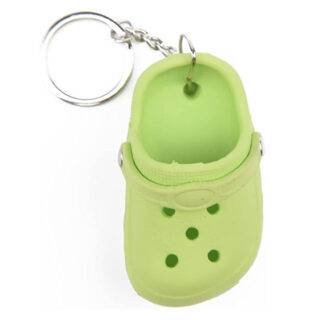
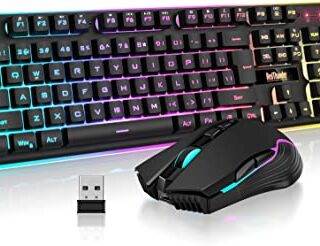
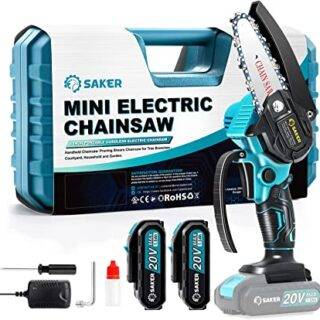
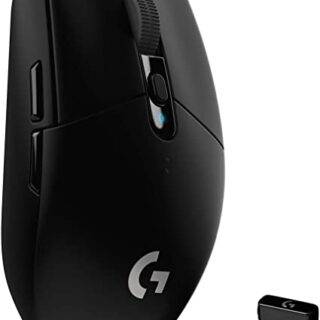
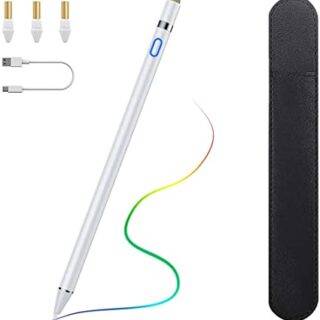

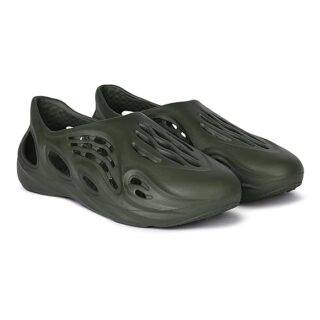


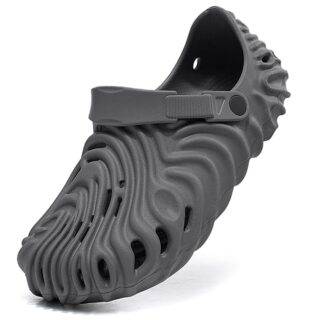
Leave a Reply